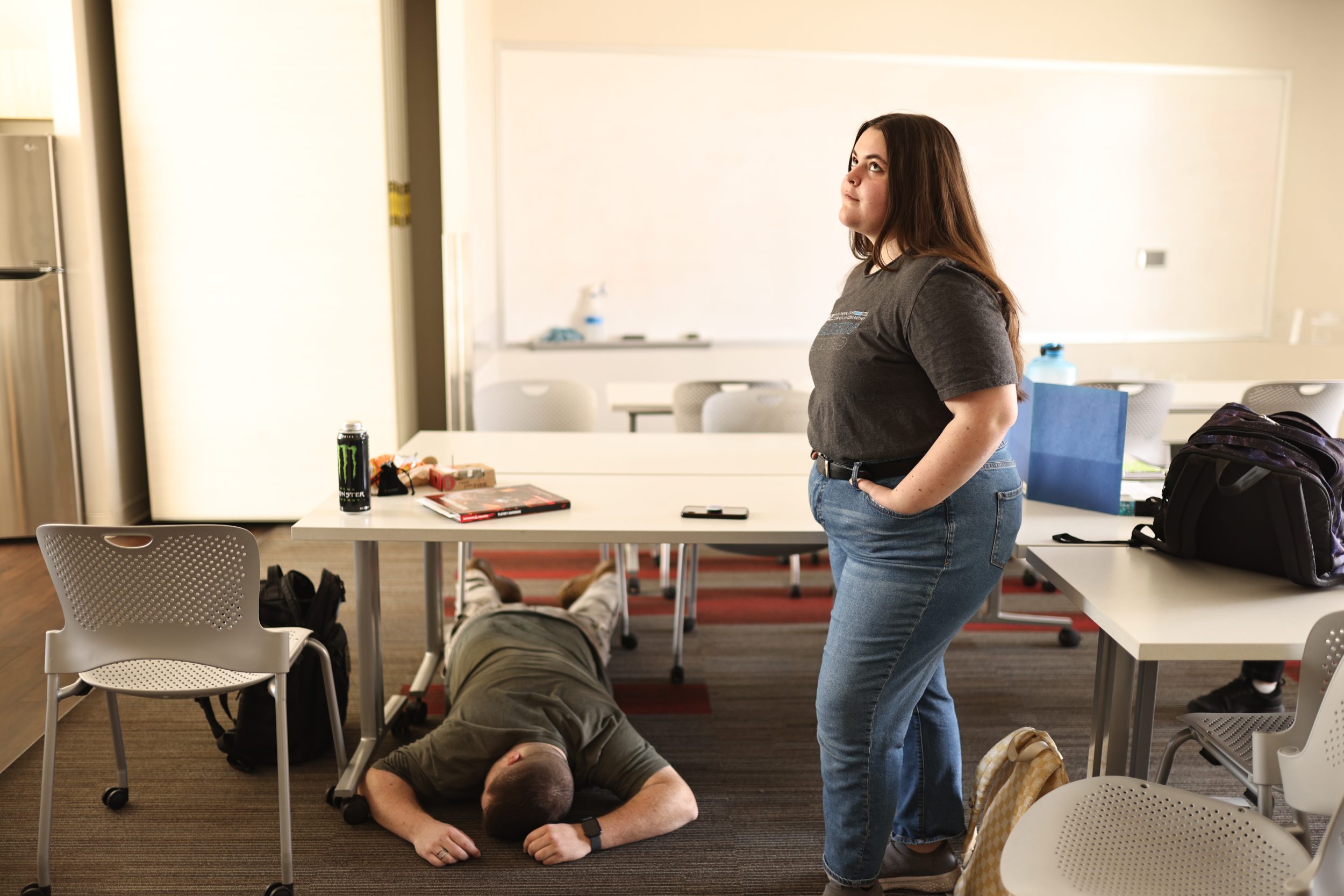Safety drills are a familiar routine on college campuses that students need to take more seriously.
These drills are vital in preparing students for worst-case scenarios. This can include fires, earthquakes, active shooters and more. If students are prepared when they find themselves in a dangerous or life-threatening situation, they may just be able to get themselves out of it. The only way for them to be prepared is by taking these safety drills seriously.
According to the U.S. Fire Administration, an estimated 3,800 university housing fires occur each year in the United States. These fires are a big threat and students can avoid being injured if they are more prepared for them.
Last year, I was living in on-campus student housing and remember a day when the fire alarm went off for a drill. Resident Assistants in the building were instructing students to exit for the drill and meet outside. Despite this, only a small number of people in the building ended up evacuating. If this incident had turned out to be an actual emergency, many students could have been seriously injured.
Active shootings are also a serious threat to college students. The Citizens Crime Commission of New York City found that between 2001-2016, 437 people were shot on or within two miles of a college campus, meaning college students are at serious risk.
In the event of an active shooter, being prepared and knowing what to do can mean the difference between life and death.
Practicing safety drills without students knowing it is a drill is also a method school officials have used since kindergarten to help reduce panic and fear during a real emergency situation. Drills would randomly occur at least once a semester to test students knowledge and preparedness.
I remember being in class during elementary school when suddenly over the speaker intercom I heard our principal announce a school-wide lockdown. This is the first time I had ever experienced a lockdown without the principal or my teacher telling us it was a drill. This caused many students, including myself, to become nervous yet attentive to what our teacher was telling us. After the drill was over, our teacher told us it was just a drill, and we were perfectly safe.
Later that year, our principal got on the intercom to announce another lockdown. However, this time we were less nervous because we had already experienced a lockdown situation and knew what to do.
Students don’t take drills seriously because they are aware of them being a drill. They simply brush them off and believe they would know what to do in a real emergency situation.
Some people also argue drills are unnecessary and even harmful because they can cause stress, anxiety or desensitize people to real danger. However, stress and anxiety are what allow us to know we are in a dangerous situation. On top of that, if a student were to suddenly find themselves in an emergency situation with no idea what to do, then their stress and anxiety would be much worse than it would be in a safety drill.
Emergency situations can and do happen on college campuses. Rather than dismissing drills altogether, students and college officials should work to conduct these drills in informative and sensitive ways for all involved.
I encourage everyone to visit the Utah Tech University safety website and watch as many safety trainings as possible. Additionally, next time you are part of a safety drill, take it seriously and follow the safety procedures. I promise it will help you be more prepared for any dangerous situations you may find yourself in.


